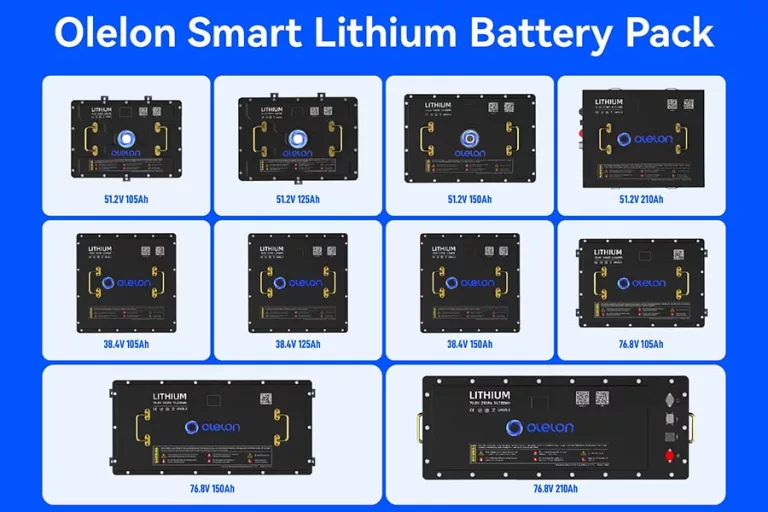
1. Factors Determining Battery Capacity
Chemical Composition:
The materials used in the battery’s electrodes and electrolyte play a significant role in determining its capacity. For instance, lithium-ion batteries generally offer higher energy densities and longer capacities compared to older technologies like nickel-cadmium (NiCd) batteries. The choice of chemical composition affects both the efficiency and longevity of the battery.
Physical Size:
Larger batteries usually have more room to store energy, thus providing higher capacities. However, advancements in battery technology, such as improved cell design and more efficient materials, have allowed for greater capacities in smaller battery sizes. Compact batteries with high capacities are increasingly common in modern technology.
Design and Construction:
The internal design of a battery—including how cells are arranged and the quality of materials used—greatly influences its capacity. Optimizing cell arrangements and using high-quality construction materials ensures maximum energy storage potential. Well-engineered battery designs can help achieve higher efficiency, longer lifespans, and better overall performance.
Manufacturing Process:
Precision during the manufacturing process ensures that battery cells are uniform and optimized to deliver maximum capacity. Small inconsistencies or manufacturing flaws can lead to reduced capacity or shorter battery life. Advanced manufacturing techniques are essential to ensure batteries perform at their full potential.
2. External Performance of Batteries with Different Capacities
Usage Duration:
Batteries with higher capacities can power devices for longer periods before needing to be recharged. This is crucial for devices that are used intensively, such as smartphones, laptops, and electric vehicles (EVs). A higher capacity ensures that devices can function longer without interruptions, making them more reliable for extended use.
Weight and Size:
Batteries with higher capacities are typically larger and heavier. While this may enhance their energy storage, it can impact the portability of the device. This is particularly relevant for mobile devices or lightweight equipment. However, ongoing innovations in battery technology are continually improving the energy density, allowing for higher capacities in smaller, more portable formats.
Charging Time:
Batteries with higher capacities usually require more time to fully charge due to the larger energy storage. However, with the development of fast-charging technologies, the time it takes to charge these batteries is being significantly reduced, without compromising their overall capacity. Some advanced charging solutions can charge high-capacity batteries to a substantial percentage in a matter of minutes.
Heat Generation:
Larger batteries with higher capacities can generate more heat during both use and charging. Effective thermal management systems are crucial to prevent overheating and ensure the safety and longevity of the battery. Advanced cooling technologies are being developed to manage the excess heat generated by high-capacity batteries, especially in electric vehicles and high-performance devices.
Cost:
Batteries with higher capacities typically come with a higher price tag. The additional materials, more complex manufacturing processes, and advanced technology required to achieve higher capacities make these batteries more expensive. However, for devices that require long-lasting power, investing in a higher-capacity battery can be worthwhile due to its improved performance and extended lifespan.
Conclusion
Understanding the factors that influence battery capacity, as well as how different capacities perform, is essential for making informed decisions when choosing batteries for devices. Whether for everyday gadgets or specialized equipment, selecting the right battery capacity is crucial to ensuring optimal performance, efficiency, and longevity. By considering factors such as chemical composition, design, size, and external performance attributes like charging time and heat generation, consumers can choose the most suitable battery for their needs.
